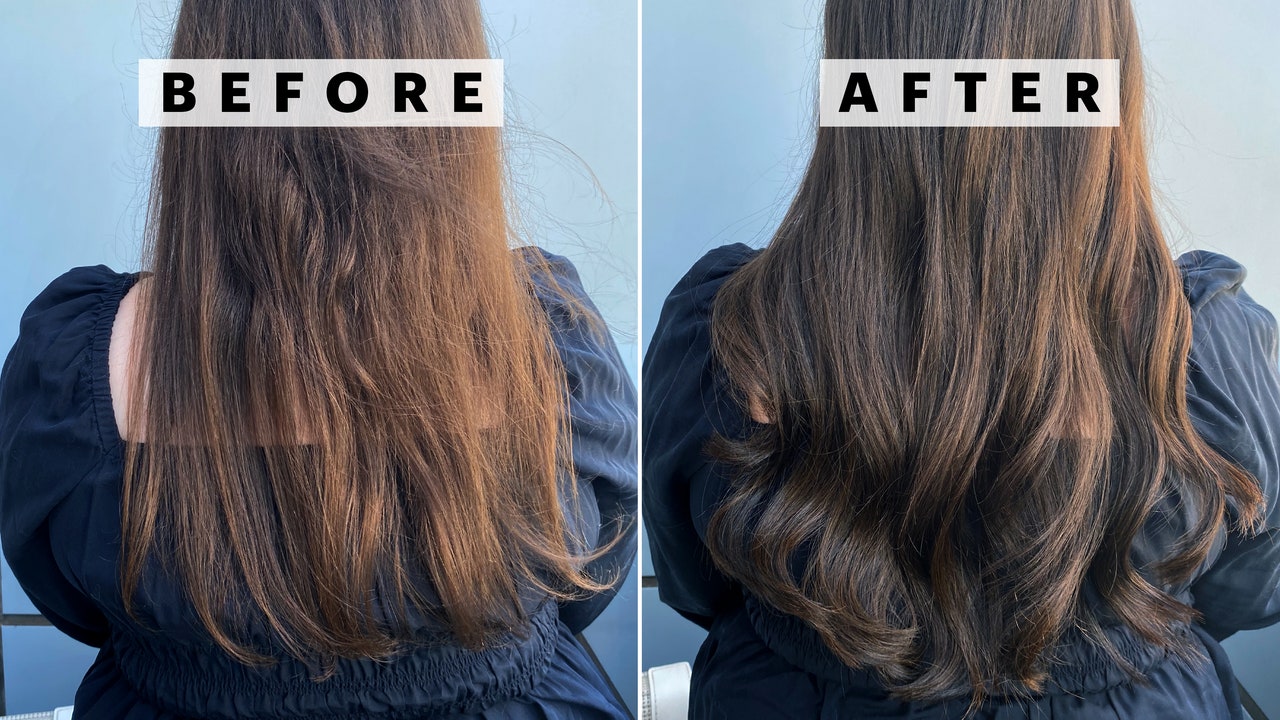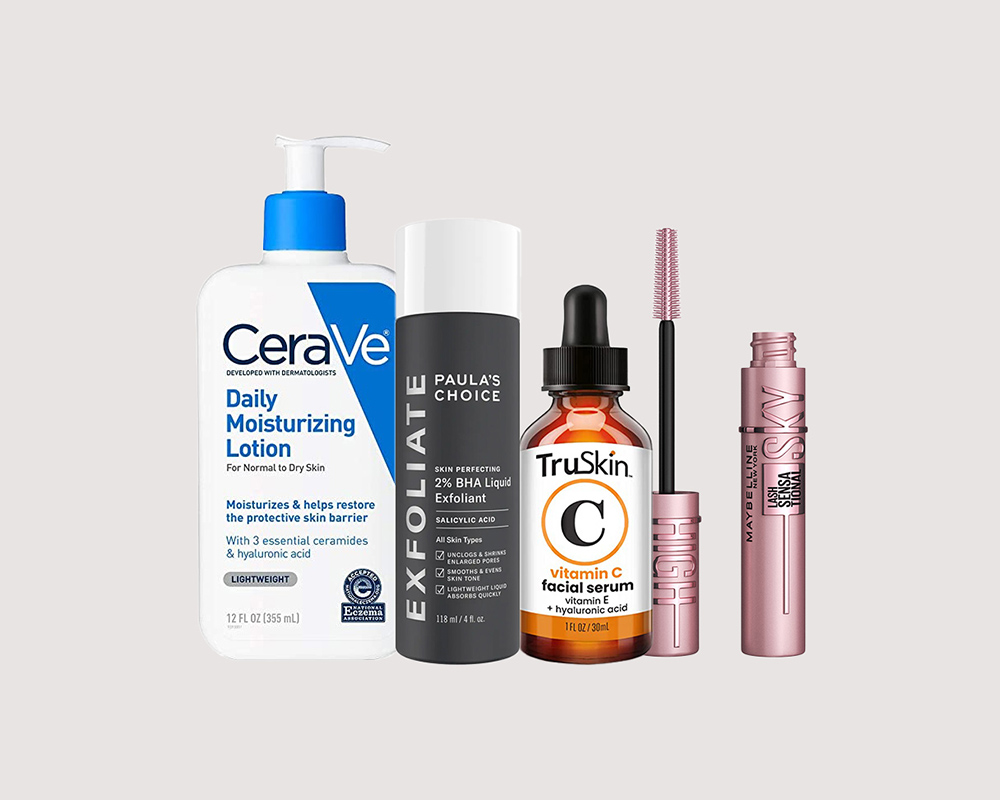
[ad_1]
I’ve had fine hair all my life. In fact, there are photos of me as old as age three with just a few barely-there wisps of hair. Fortunately, my scalp has long since filled out — but the strands that are there are just as baby-fine in texture.
So when I heard that hair extensions could be used not just to add length, but volume, I was immediately intrigued. But as someone who already spends a significant amount of time and money on their beauty routine, I also had my hesitations.
Enter, tape-ins, which require far less time- and financial-commitment than bonded extensions. “Tape-in extensions allow you to have a very quick service and a great transformation for minimal time,” says hairstylist and extensions specialist David Lopez.
What are the benefits of tape-in extensions?
While bonded extensions are attached to hair by tiny keratin bonds about the width of a grain of rice, tape-ins come in inch-wide bundles held together by ultra-thin adhesive strips. Because of this, your pro is able to cover more ground more quickly, which cuts down on both the length of your appointment and the price tag for their time and expertise. (It’s also worth mentioning that tape-in extensions themselves also cost less than their bonded counterparts.)
“A well-executed service can be as quick as 30 minutes to as long as two hours, depending on the amount of attachment sites needed for the desired result,” says Danielle Keasling, a hairstylist and extensions specialist. “The longer the application takes, the higher the cost. On average, most tape-in extension services vary from $500 to $1,500. With that said, a hairline sampling can be as little as $200 [while] a full mermaid lengthening service could run over $3,000.”
Keasling also adds that, like the price of a haircut, this number can vary greatly depending on geographic location.
How are tape-in extensions applied?
When I got lucky enough to find myself in Keasling’s chair courtesy of Great Lengths, I wasn’t sure what to expect — but the application process was totally painless.
Before I arrived, Keasling asked that I wash my hair with a clarifying shampoo. It’s even better when this can happen at the salon: “A proper clarifying service [will] remove any buildup that will prevent the adhesive from adhering properly,” she says.
[ad_2]
Source link






